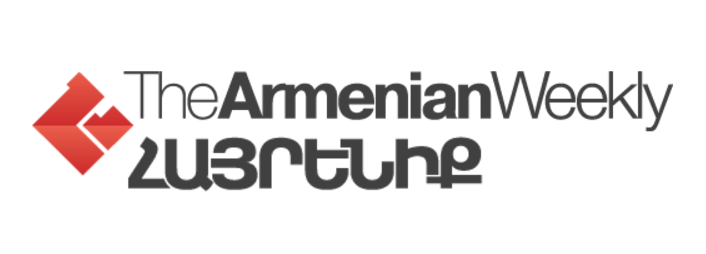WATERTOWN, Mass. (A.W.)—The Armenian Weekly and Hairenik Weekly are pleased to announce that the two newspapers will be adopting a new format in the coming month.

Beginning with the July 22 print issue of the Armenian Weekly, the two newspapers (English and Armenian) will be distributed to all subscribers. Both newspapers will continue to be published as separate 16-page publications, but will be distributed together at no extra cost to subscribers.
With the new format, readers will receive a higher quality print, and the number of color pages will increase from four to eight. The Armenian Weekly and Hairenik Weekly print issues will not be published on July 15 and 14 respectively, during our scheduled summer break.
Few institutions can claim as distinguished a place in recent Armenian history as the Hairenik Association, publishers of the Armenian Weekly and Hairenik Weekly newspapers. Hairenik is the longest-running Armenian-language newspaper in the world.
Hairenik, published in the Armenian language since 1899, has reported, analyzed, and commented on the historic events of modern Armenian history, often in their staggering proportions. At its helm as editors were such outstanding national figures such as Arshak Vramian (1900-1907), Siamanto (1909-1911), Simon Vratsian (1911-1914), and Rouben Darbinian (1922-1968).
In June 1932, a column in English appeared in the Hairenik to address the needs of English-speaking Armenians. The response was so positive that by March 1934 Hairenik Weekly, entirely in English, began publication, mostly through the efforts of young volunteer contributors.
In June 1934, Hairenik Weekly acquired a full-time editor, James Mandalian, and an assistant editor, Queenie Pambookjian. Of special interest from those days were the translations of short stories by such prominent Armenian writers as Avetis Aharonian and Hamasdegh and the poems of Gostan Zarian. Moreover, the very stories that initially brought William Saroyan national recognition by the American public were first published in Hairenik Weekly (under the pseudonym Sirak Goryan). In 1969 the paper’s name changed to the Armenian Weekly.
Today, along with news of general interest to the Armenian-American community, the Armenian Weekly publishes editorials, political analyses, regular columns, and short stories and poems. The newspaper, while reflecting the current of the Armenian Revolutionary Federation (ARF), is also open to a wide variety of views and opinions in which the pros and cons of issues can be discussed openly and honestly.
Although the Armenian Weekly’s headquarters are located in Watertown, Mass., subscribers hail from as near as Boston and as far as Buenos Aires and beyond. The Armenian Weekly continues to meet the expanding needs of a more sophisticated, news-conscious Diasporan-Armenian public.
To subscribe to the Armenian Weekly and Hairenik Weekly visit: https://hairenik.com/subscribe/


Bravo. The print industry has changed dramatically in my lifetime as a journalist. For me the Armenian Weekly remains the cornerstone of success as a reporter and editor for 52 years before retirement. But it all started with the Armenian Weekly and eventually with several daily newspapers in Detroit and Columbus,Ohio. My Weekly mentors were James Mandalian and James Tashjian. The English Weekly and Armenian Hairenik deserve our full support. And I need to repeat that the Armenian press = the men and women who carry out the task of Armenian press freedom and the public’s right to know need our support. I eagerly await the new format. And I salute all Armenian newspapers. Everyone should be reading the paper of their choice. God Bless the Armenian press. ====== Mitch Kehetian
Nice Armenian design!Well done AW!
Sounds exciting. The Hairenik newspapers have done an excellent job in keeping the community informed on important community and international issues. The focus on news and timely reporting is impressive. I agree with Mitch wholeheartedly. The names associated with the Weekly over the years reads like a Who’s Who of leaders and mentors. My interest in Armenian history was significantly fueled by Jimmy Tashjian who would lend me a book and then engage in a one on one “book club” with me when I would return it. The sessions would always end with lending me another. In recent years Khatchig Mouradian, Nanor and now Roupen bring youth, skill and freshness to the work.
BTW an endorsement from Mr. Kehetian , in and of itself , is quite an honor. Knowing his family and reading his own work for decades has been an education and a great reference point of learning.
How do you get a subscription to the weekly